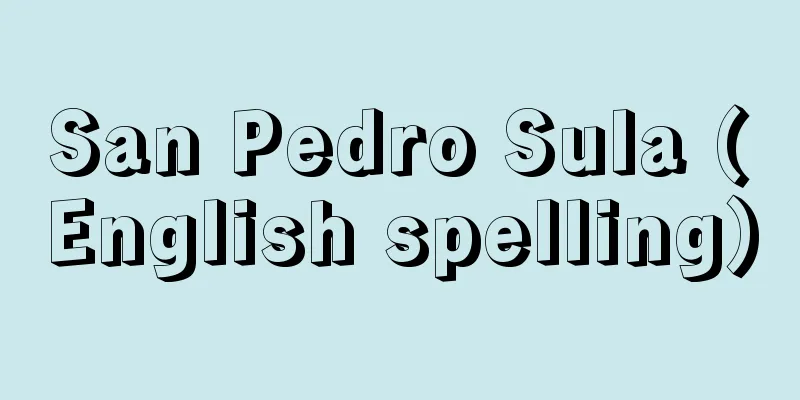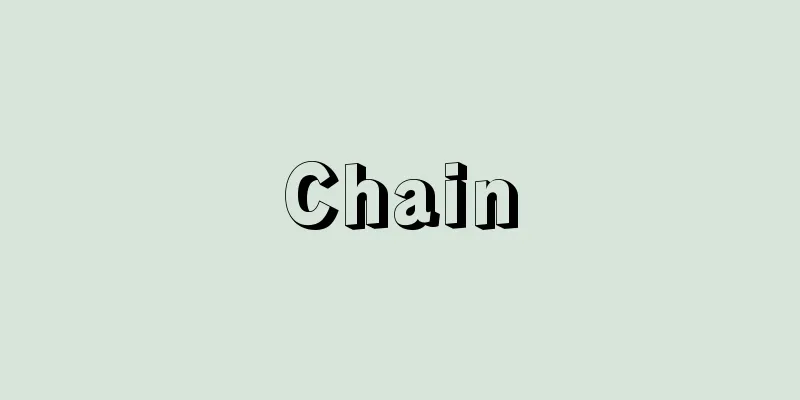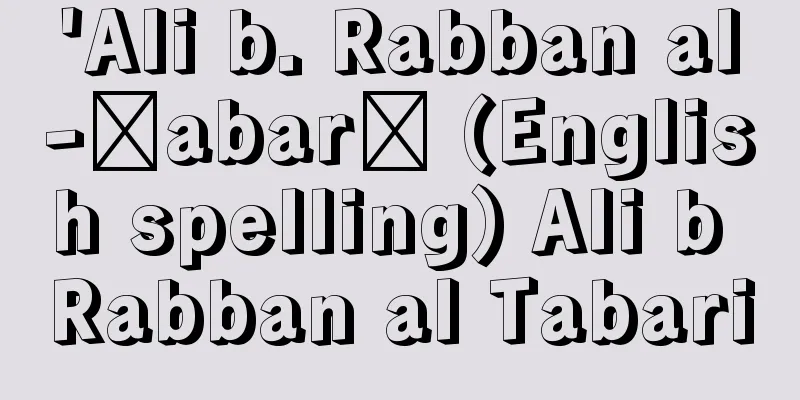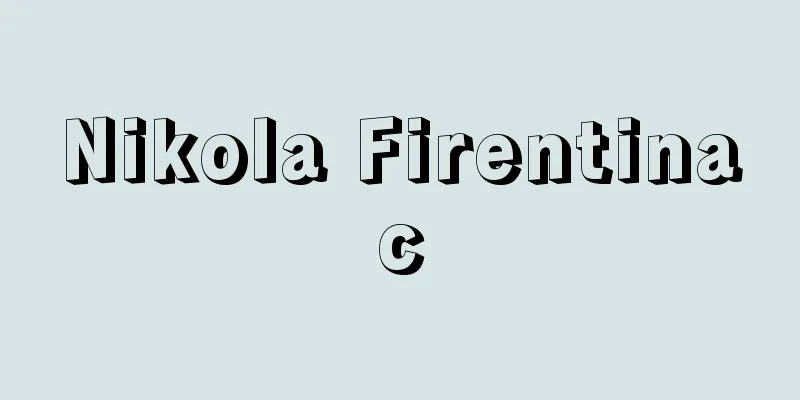Wave Resistance - Let's Go Elephant

|
Resistance caused by waves that a ship creates when it moves forward. When a ship moves, the pressure of the surrounding water changes, and the water surface rises where the pressure is high and sinks where the pressure is low, creating waves. Creating elevations in the sea surface means that the ship (engine) consumes part of its energy, which is not useful for propulsion of the ship, and ultimately increases resistance. The magnitude of this wave resistance varies depending on the ship's speed, size, shape, and degree of fertility. Other resistances that ships experience include friction resistance caused by friction between the hull and the water, and some air resistance. The wave resistance of ships that move slowly compared to their length, such as tankers and bulk carriers, is small, at about 10% of the total resistance, but the proportion of wave resistance increases for ships that move faster compared to their length, such as passenger ships and container ships, and can reach about half of the total resistance. Since it is not possible to drastically reduce the surface area of the hull that causes friction with the water, it is necessary to reduce wave resistance in order to go faster. Waves generated by ships can be broadly divided into bow waves, which occur near the bow, and stern waves, which occur near the stern. Research into bulbous bows, which began in Japan around 1960, aims to reduce wave-making resistance by shifting the position of the waves generated by the bow and by devising the hull shape, so that the bow wave system and the waves generated behind it interfere with each other. This resulted in a hull shape that generates almost no waves, and various bulbous bow shapes have since been widely adopted. The history of high-speed ships can be said to be the history of efforts to avoid wave-making resistance, and in addition to improvements in hull shape, various research is ongoing, including ships that float above the water surface like hydrofoils and hovercraft, and submersibles and semi-submersibles that dive underwater. [Morita Tomoharu] [Reference] |Source: Shogakukan Encyclopedia Nipponica About Encyclopedia Nipponica Information | Legend |
|
船が進むとき波をおこすことによって受ける抵抗。船が走ると周囲の水の圧力が変化し、圧力が高いところは水面が持ち上がり、圧力が低いところはへこみ、波となる。海面の高低をつくることは、船(エンジン)がエネルギーの一部をそのために消費することであり、これは船の推進には役にたたないから、結局抵抗が増えたことになる。この造波抵抗の大きさは、船の速力・大きさ・形状・肥瘠(ひせき)の度合いなどで変化する。そのほか船が受ける抵抗には、船体と水との摩擦から生じる摩擦抵抗および若干の空気抵抗がある。タンカーやバルク・キャリアーなど船の長さに比べて低速な船の造波抵抗は全抵抗の10%程度と小さいが、旅客船やコンテナ船など船の長さに比べて高速な船ほど造波抵抗の割合が大きくなり、全抵抗の半分ほどにもなる。通常の船では水との摩擦をおこす船体表面積を極端に減らすことはできないから、高速を出すには造波抵抗を減らす必要がある。船がおこす波は船首付近からおこる船首波系と、船尾付近からおこる船尾波系とに大別される。1960年ごろから日本で始まった球状船首の研究は、船首でおこす波の位置をずらすことおよび船体形状をくふうすることによって、船首波系とそれより後ろでおこす波とをうまく干渉させて造波抵抗を減らそうとするものである。これによってほとんど波がおきない船形が実現し、その後、種々の形の球状船首が広く採用されるようになった。高速船の歴史は造波抵抗から逃れるための歴史といってもよく、船形改善のほか、水中翼船、ホバークラフトのように水面から浮かせる船や、反対に水中へ潜る潜水船、半潜水船など多様な研究が続けられている。 [森田知治] [参照項目] |出典 小学館 日本大百科全書(ニッポニカ)日本大百科全書(ニッポニカ)について 情報 | 凡例 |
>>: Market manipulation - Soubasoujuu
Recommend
Uwajima Castle
<br /> The ruins of a castle in Marunouchi, ...
Tzotzil (English spelling)
An indigenous Mayan-speaking people living in abou...
Itneg
The name Tinguian comes from the Malay word tingg...
External Adaptation - Let's get going
...In other words, it is a relationship that sati...
Shamash - Shamash (English spelling)
In ancient Mesopotamian mythology, he is the god ...
World Student Christian Federation - Sekai Gakusei Christ Kyorenmei (English) World Student Christian Federation
A worldwide organization of Protestant student mov...
Kaban - Bag
〘 noun 〙 In the early modern period, a person who ...
cutting edge
…A general term for tools that cut, scrape, or ca...
Roman Art
Artistic activity that took place in areas ruled ...
Bureaucratic politics model
Intragovernment politics. One of the three models ...
Michio Ito
Dancer. Born in Tokyo. Aiming to become a singer,...
Kurododokoro
One of the Ryoge no Kanshi (official offices outs...
《Wall》
…But his name was already known for his novel Nau...
Santa Isabel (English spelling)
…Population: 58,000 (1991). Known as Santa Isabel...
Tsentral'naya Aziya (English spelling)
First, Srednyaya Aziya (meaning Middle Asia) refe...









